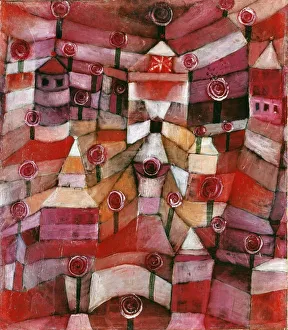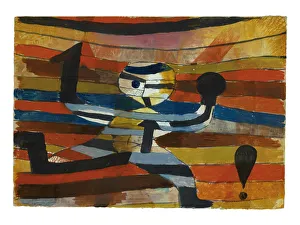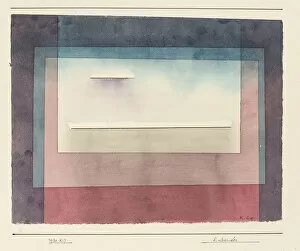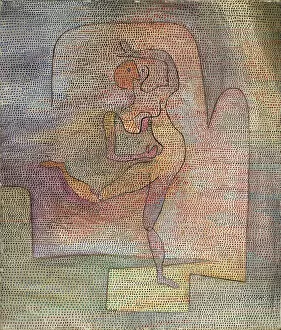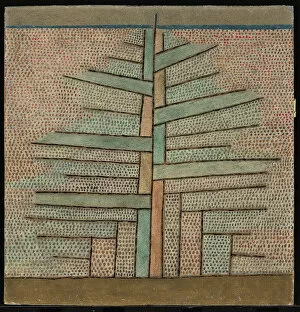Paul 1879 1940 Collection (#7)
Paul (1879-1940) was a renowned Swiss-German artist whose works continue to captivate audiences with their unique blend of imagination and emotion
All Professionally Made to Order for Quick Shipping
Paul (1879-1940) was a renowned Swiss-German artist whose works continue to captivate audiences with their unique blend of imagination and emotion. His artistic journey spanned several decades, leaving an indelible mark on the world of modern art. In 1927, Paul pushed the boundaries of reason with his masterpiece "Limits of Reason. " This thought-provoking piece challenged conventional thinking and invited viewers to explore the depths of their own consciousness. One step at a time, Paul continued to evolve as an artist. In 1931, he created "Step, " a mesmerizing artwork that showcased his mastery over colors and shapes. The influence of fellow artist Klee can be seen in this piece, as well as in many others throughout his career. "Camel in a Rhythmic Landscape of Trees" transports us to another realm where nature dances harmoniously with abstract forms. Created in 1920, this painting exemplifies Paul's ability to infuse life into every stroke. "Dünenfriedhof (Dunes Cemetery)" from 1924 is hauntingly beautiful. It captures the essence of melancholy through its somber tones and delicate brushwork. As we gaze upon it, we are reminded of the ephemeral nature of existence. In "Small Picture of Fir Trees" painted in 1922, Paul explores simplicity amidst complexity. The intricate details reveal themselves gradually, inviting us to immerse ourselves fully into this miniature forest. With "Kinder und Hund (Children and dog)" from 1920, Paul captures innocence and joy effortlessly on canvas. This heartwarming scene reminds us that even amidst chaos, there is always room for happiness. During tumultuous times like those depicted in "Von der Liste gestrichen (Taken off the list)" from 1933 when artists faced censorship and persecution under Nazi rule – Paul's art became a powerful voice against oppression. "The Twittering Machine" is a captivating creation that reflects the mechanization of society.


